Trending Topics:
- Blood Moon 2025
- Potoo Bird
- Cosmic Butterfly in Space
- Jupiter Juno
From Cat's Paw Nebula to Titan's shadow: NASA's 10 dazzling astronomical and space images
From glowing nebulae to Saturn’s moon casting shadows, NASA’s stunning space images capture the awe of the cosmos, revealing breathtaking views of our universe through powerful telescopes and deep space missions.
1/10
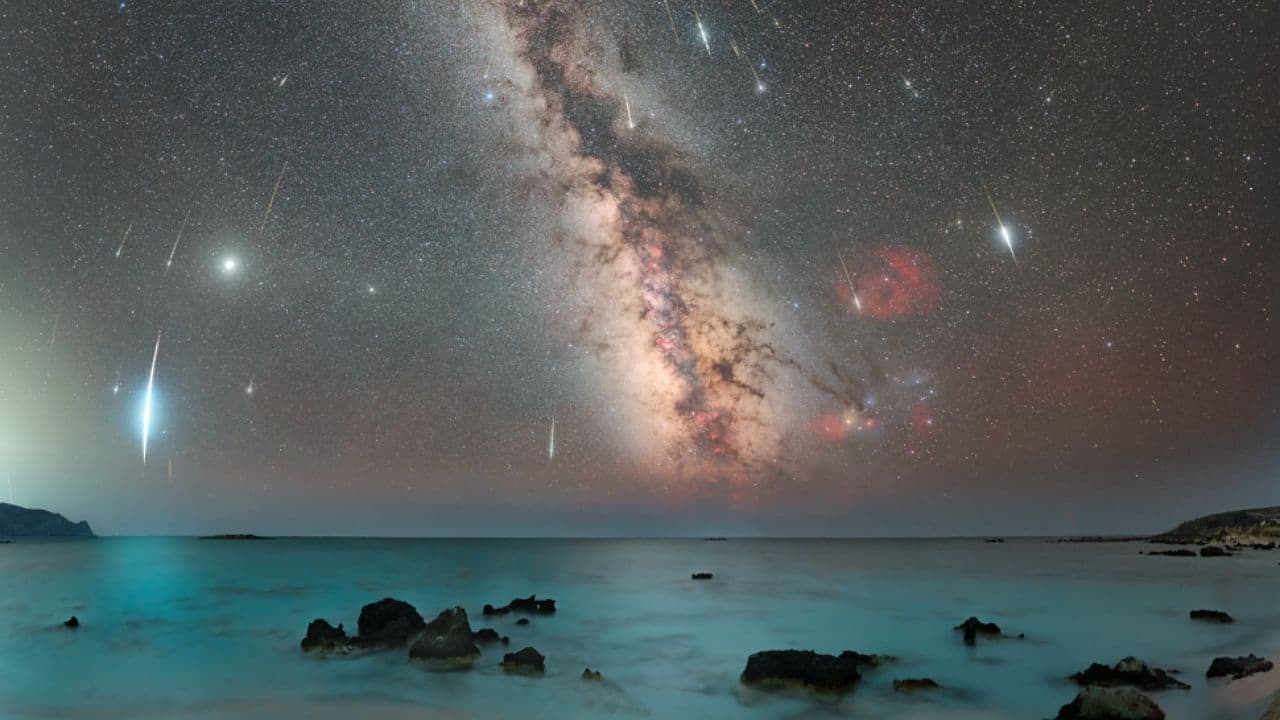
Twelve Years of Kappa Cygnids: This composite captures Kappa Cygnid meteors over 12 years, aligned above Crete’s Elafonisi Beach, showcasing their rare peak in August 2021 amid the Milky Way. (Image: NASA)
2/10

Cat's Paw Nebula from Webb Space Telescope: The James Webb Space Telescope captures the Cat’s Paw Nebula in stunning detail, revealing newborn massive stars and offering fresh insight into how turbulent clouds transform gas into brilliant stellar nurseries. (Image: NASA)
3/10

Titan Shadow Transit: Saturn’s moon Titan casts a shadow across the planet’s surface during its transit season, offering rare views as Saturn’s rings tilt edge-on every 15 years. (Image: NASA)
4/10
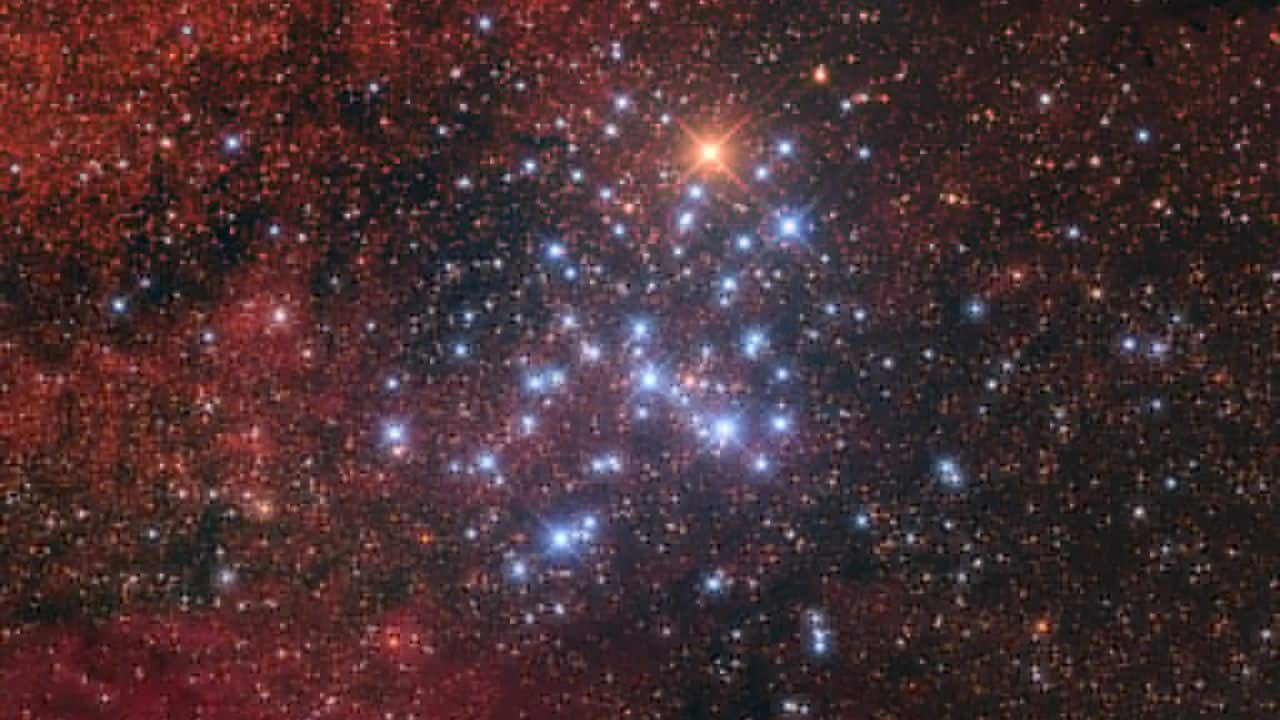
Messier 6: The Butterfly Cluster (Messier 6) is a 100-star open cluster 1,600 light-years away in Scorpius, featuring young blue stars and a striking orange K-type giant, BM Scorpii. (Image: NASA)
5/10

A Helix Nebula Deep Field: The Helix Nebula, a bright planetary nebula 650 light-years away, resembles a cosmic eye. Its glowing gases and complex structure mark a dying star’s final breath in vivid detail. (Image: NASA)
6/10
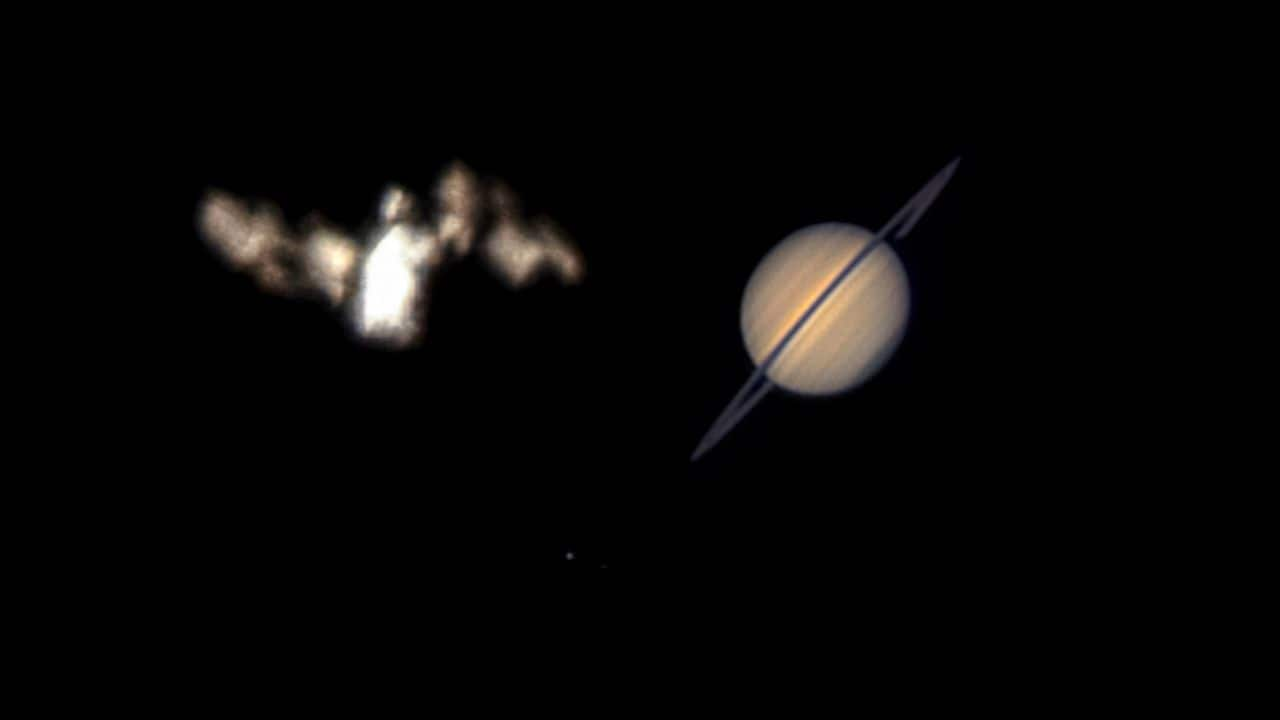
ISS Meets Saturn: Saturn and the ISS briefly aligned over Washington on July 6. Captured through a telescope, the rare sight showed both in one frame, despite being 1.4 billion kilometres apart. (Image: NASA)
7/10
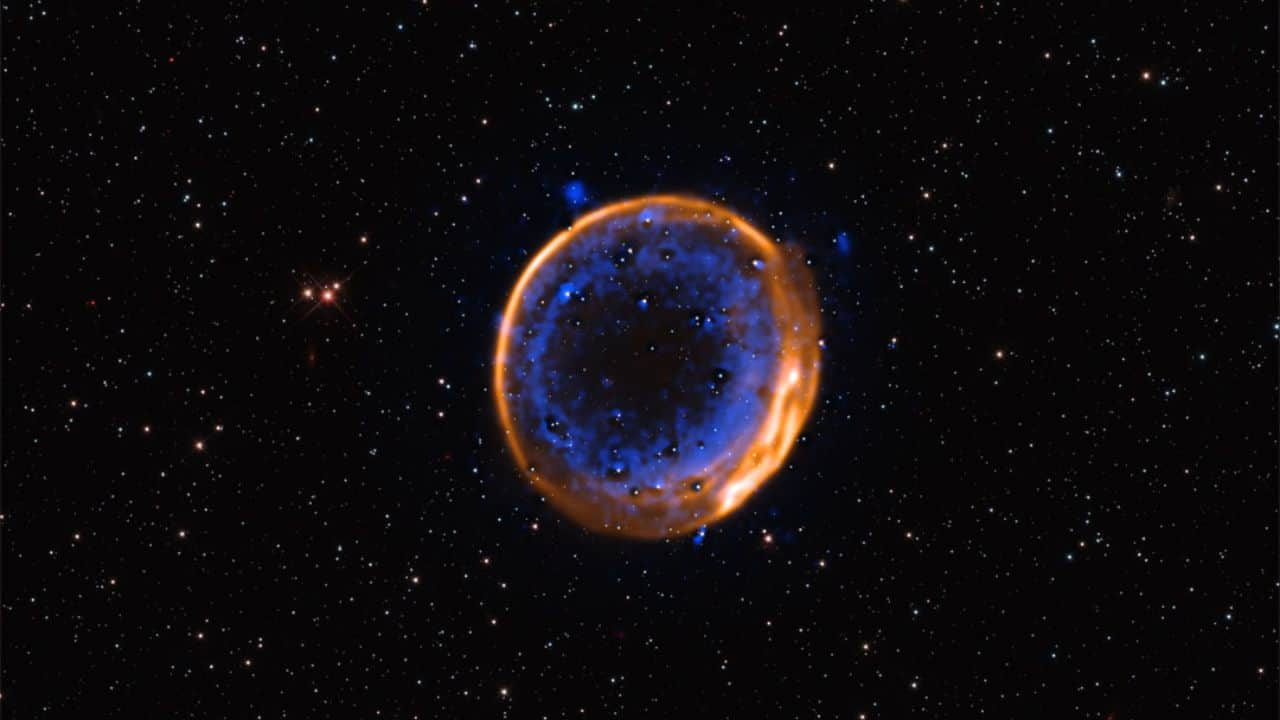
A Double Detonation Supernova: SNR 0509-67.5 may be a rare double-detonation supernova. One explosion triggered another, forming twin shells but its 400-year-old blast strangely went unrecorded and its companion star remains missing. (Image: NASA)
8/10
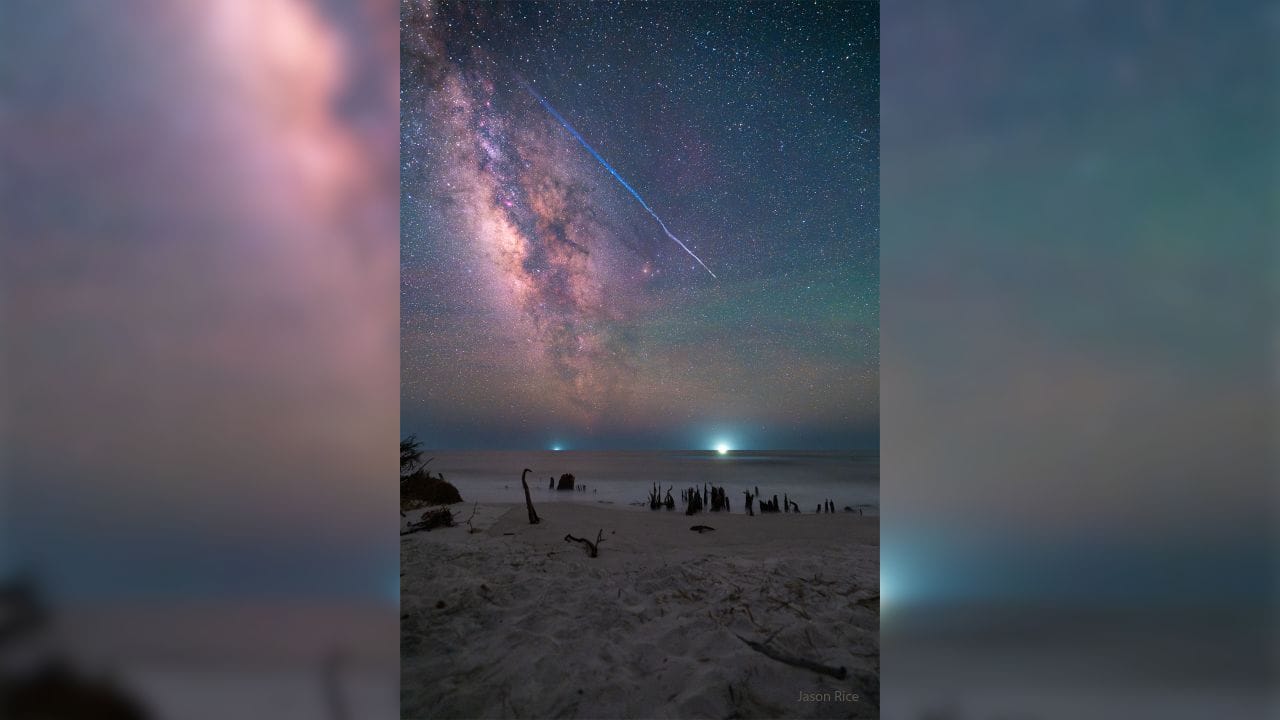
Fireball over Cape San Blas: A fireball is a rare, dazzling meteor brighter than Venus, often leaving a smoky trail as it burns through Earth’s atmosphere, like this one spotted in Florida last week. (Image: NASA)
9/10
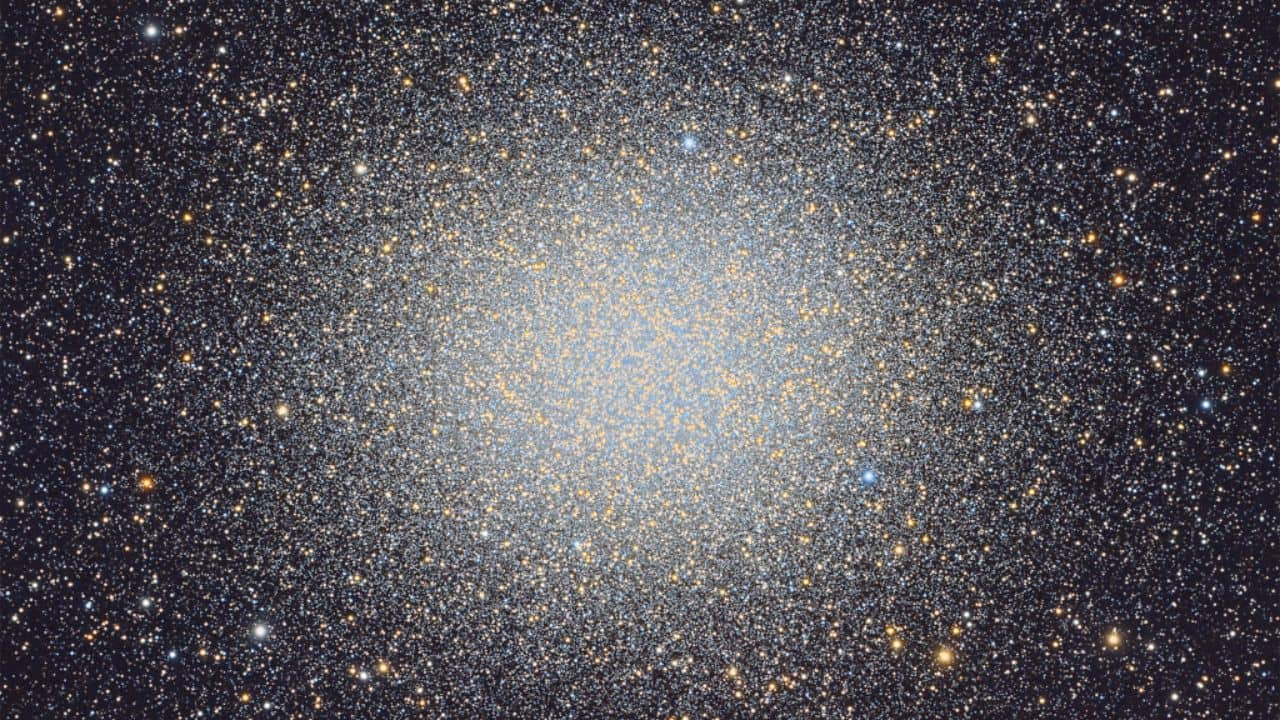
Globular Cluster Omega Centauri: Omega Centauri, a massive globular cluster with 10 million stars, may be a galactic core remnant, harbouring varied stellar populations and a possible black hole at its centre. (Image: NASA)
10/10

Lightning over the Volcano of Water: Lightning forms from charge separation in storm clouds, creating fiery bolts hotter than the Sun. This 2019 image shows strikes hitting antennas atop Guatemala’s Volcán de Agua. (Image: NASA)
Discover the latest Business News, Budget 2025 News, Sensex, and Nifty updates. Obtain Personal Finance insights, tax queries, and expert opinions on Moneycontrol or download the Moneycontrol App to stay updated!






